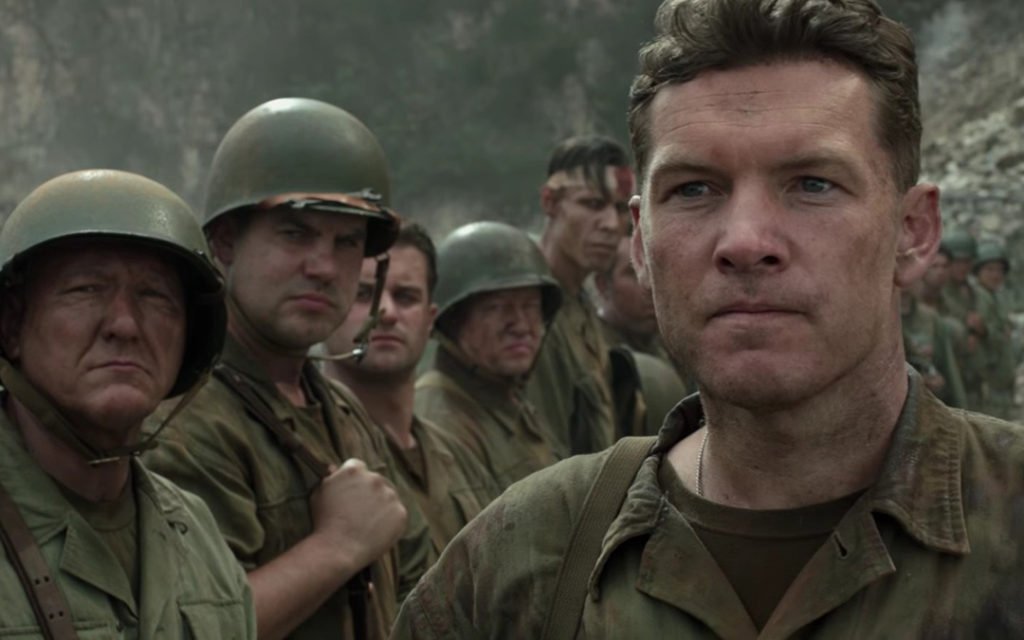Writing Crime: It's all In The Details
March 3, 2017
The crime genre unites the tragic and the absurd like little else. Before focusing on fictional mayhem, I was a crime journalist for 10 years. I covered a rail-riding serial killer who clubbed people to death in three states, a bank robber unfortunate to have the dye pack explode in his pants, and an escapee in an orange jail jumpsuit arrested on Christmas Eve wearing the elf hat and bootees he’d scrounged from a car to keep warm. The officer I interviewed was named—I kid you not—Holliday.
Whether mysteries, thrillers or comedies, crime stories have evergreen appeal. NCIS and its spin-offs continually land top TV ratings. This year’s Golden Globes® nominated as Best Limited Series American Crime, The Night Of, and The People v. O.J. Simpson: American Crime Story. On the big screen, the bank-robbing brothers of Hell or High Water and the lawman on their heels netted Taylor Sheridan (writer of 2015’s Sicario) an Oscar® nomination for Best Original Screenplay.
When I watch or read a crime story, the biggest thing that keeps me from suspending my disbelief typically isn’t a wild twist in the plot, but a small detail: something that tells me the writer either hasn’t done his or her research or hasn’t thought things through.
Granted, rewrites can muddy details, so it’s essential to have fresh eyes look over your script. Often, simple fixes can keep a reader or other potential buyer from passing on your story—but first, you need to realize where something’s off. If your characters fire guns indoors, for example, there are consequences, like bullet holes or ricochets. Is your character finding the body of a missing person? After how long? And where? Depending on a variety of factors such as location, weather and wildlife, your character might be lucky to find bones.
People who love this genre are savvy. Even if they haven’t worked in or around law enforcement, they exercise logic from other stories, and they hate loose ends. It’s okay to keep your protagonist in the dark, such as in 2001’s The Pledge. But the audience always needs to know the most. A murder weapon is a major component of a crime story. What is it, what happens to it, and why? Its reveal in 1990’s Presumed Innocent leads to a stunning conclusion.
Small details make your story credible, even if it ventures into wildly imaginative territory. The hospital where Clarice Starling in 1991’s The Silence of the Lambs interviews Dr. Hannibal Lecter looks more like a medieval dungeon than a medical facility. But we see this after we’ve watched Clarice on the obstacle course at the FBI Academy, giving the film a real-world foundation for the madness to come. Rick Deckard has a flying car in the futuristic world of 1982’s Blade Runner, but one of the many reasons that film holds up over time is his shoe-leather investigative technique. Even a comedy like 2007’s Reno 911!: Miami starts its humor from a realistic place. Lieutenant Jim Dangle looks professional with his sunglasses, radio and other gear, but his wearing hot pants instead of uniform trousers signals we’re in a wacky jurisdiction.
As you work through your script, act like a detective and build a solid background for your imagination to take flight. What gaps in your storytelling can you fill with research, and where might you need to meet an expert—or experience something for yourself? I still remember the sights and smells of the morgue. Author Ed McBain, whom I interviewed, used to ride around with New York City cops to develop an ear for how they talked. Taylor Sheridan, who grew up in Texas, spent time with people from the FBI and the military before writing Sicario. “The thing is clear fiction, so it’s not based on any event, but there was a fair amount of boots-on-the-ground work that I did,” he has said. https://creativescreenwriting.com/hell-high-water/
Tap your personal and extended networks, and see what resources are available in your area. I’ve found that people are glad to help those who are genuinely interested in what they do and want to be accurate. Many police departments and sheriff’s offices have citizens’ police academies where residents can learn about different facets of their local law-enforcement agency, such as forensics, homicide investigations, and canine and tactical demonstrations. No such program in your area? Try the department’s main number or public-information office, introduce yourself as a writer, and ask if you can arrange for a tour of the department or a ride-along in a patrol car.
The more real the details feel, the better your chances of getting your work noticed and selling it. “If someone writes a script about something that they know about and are passionate about, and they are pretty uncompromising, really hard critics of themselves, then I think that they’ll find a home for that script,” Sheridan has said. http://uproxx.com/movies/sicario-taylor-sheridan-interview/4/
Anything else would be a crime.
Written by: Valerie Kalfrin
Valerie Kalfrin is an award-winning crime journalist turned entertainment writer, screenwriter and emerging script consultant. A member of the Florida Film Network, she has written for The Guardian, Bright Wall Dark Room, The Script Lab, Signature Reads, and The Tampa Bay Times, among other publications. Find her at valeriekalfrin.com.



